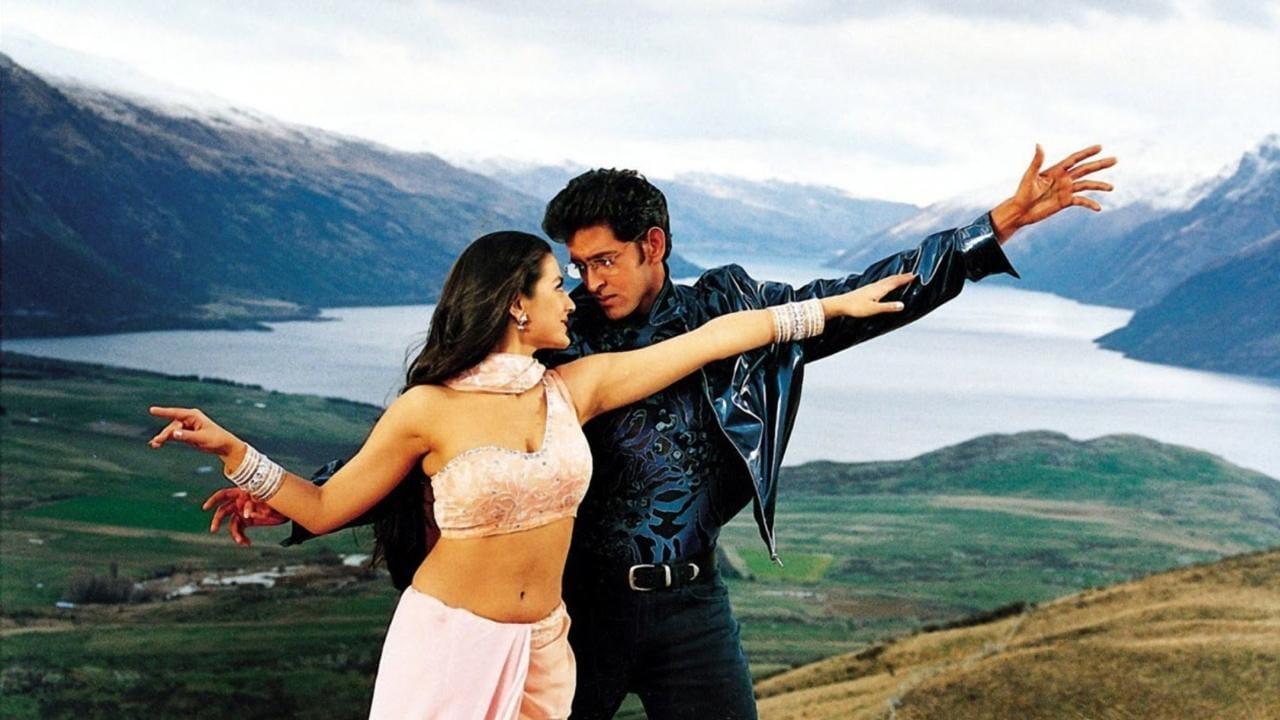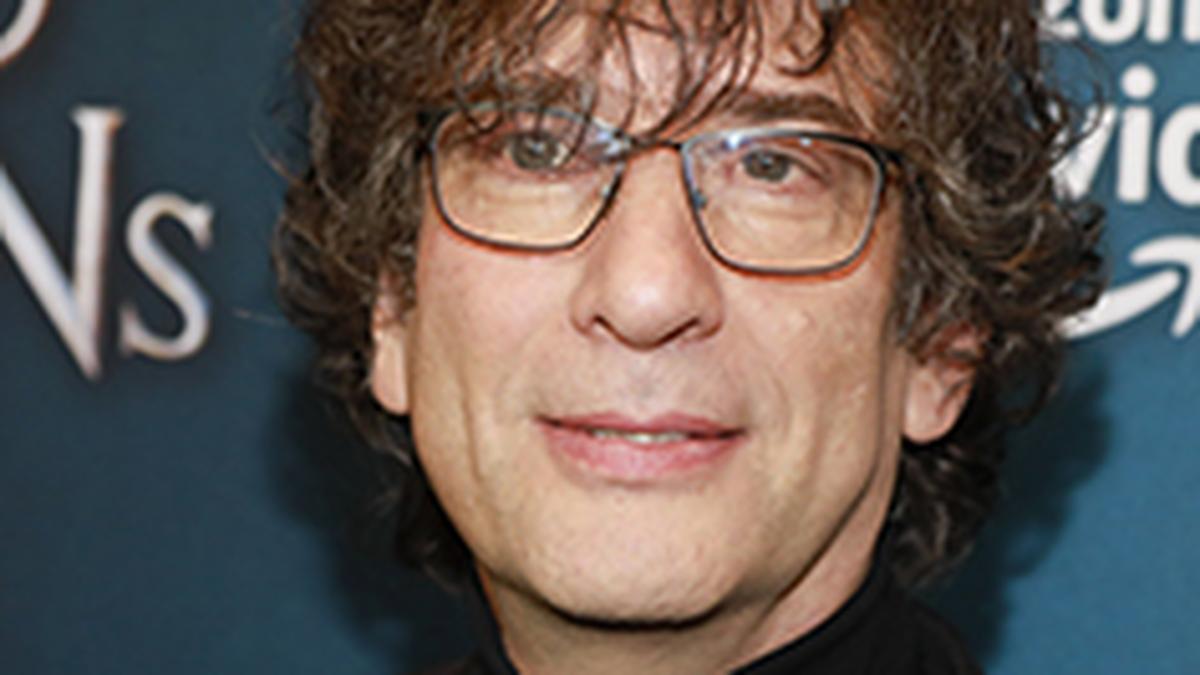
At Mari Selvaraj’s office, the largest artwork on display stands out among numerous monochrome pieces: a depiction of a young Mari sitting at a table with his authored books, surrounded by visionaries like BR Ambedkar, Periyar, and Karl Marx. Mari reflects on this significant piece, saying, “It’s a gift that made me happy; to think that someone thought of such a piece of art. The books written by me are based on the understanding I got from the works of these three icons. We have stories, but what’s important is from whose perspective we are telling those stories.”
Ahead of the release of his upcoming film “Vaazhai,” Mari offers insights into the challenges and inspirations behind his creative process.
“With Maamannan, I was nervous about its business considering the big names attached to the project. But with Vaazhai, I’m waiting to see how those who personally know me would react. Apart from turning a part of my life into a film, shooting a film where a story’s victim is its director, was a challenge. If it was something that stopped with me, turning it into a film might have been a contentious decision, but this one is about something connected to our society. This society has given me a certain experience. If I take that experience with my current understanding and mix it up with what society is today to make a film, it will help others understand who I am, where I’m coming from, and what society is getting out of it. I’m certain something fruitful will come out of it.”
Mari believes that making a children’s film is the ultimate test for any filmmaker. “If a director really wants to test their acumen, they should do a children’s film because working within their pure world is a challenge. It’ll also test whether we have enough innocence left to understand ourselves and teach someone. When describing a societal issue through children, we have to put in more thought and effort to make it easy to pass the idea through them. Despite doing three films, a film like Vaazhai makes me proud and glad about my talent as a filmmaker.”
Reflecting on working with children, Mari notes, “The children today are sharp and the inputs given to them are the same as what I usually do with other actors. But the words and attitude I use differ; even the storytelling differs. Seeing how they react makes me forget that I’m a director as it’ll start making me feel like I’m an older family member who is narrating a bedtime story!”
Mari sees his films as a series built around the same land. “Based on the films I’ve done, we could probably call them a series with Vaazhai being the first entry. Because they all are stories about the same land, a connection automatically comes up. If the child from Vaazhai fights for education, that’s the story of Karnan. If he goes to a law college, that’s Pariyerum Perumal. With that political knowledge, he turns into Maamannan. It’s also interesting to see how a normal person faces different issues as he progresses in life.”
Stories are essential to society, Mari argues. “Our society flourished because of stories. If not for stories, the concept of God would have disappeared. We know the stories of our ancestors, dynasties, rulers and God because of songs, stories and epics written by someone. I want to make sure the time spent by the audience is worthwhile. I want to create a discussion and even if you disagree with me, I want to make you debate it within yourself. If I believe everything I’m saying is right, I won’t be making films. I just want you to take a call on whether what I’m showing you visually is right or wrong. You cannot show a person with a story and a story without a person.”
When depicting the lives of everyday people, Mari emphasizes the importance of showing their complete lives. “While telling a story about everyday people, instead of showing them individually, showcasing their life and lifestyle matters.
. When we’re showing incidents from someone’s life, it’s important to show who they are, what they loved, what they longed for and how they led their life. Ivalo piriyama irrukuravangaluku ivalo periya aneedhi yen nadakuthu? (Why do such lovely people face such injustice)? When we show them their livelihood, seeing them in trouble disturbs the audience. A general truth we often look past is how the biggest of wars were fought over the simplest of things.”
Mari’s films aim to initiate discussions. “Are we doing films only for those who are going to clap and whistle, or also make them get into a discussion with themselves after the applause? After watching a film in darkness, they are going to come out and see the society; the film should at least make them connect the dots between the two worlds.”
Mari has yet to explore stories from the perspective of women. “I have not started telling stories from the perspective of women yet; I’m just showing the version of my tryst with them. I keep showing a sister character but I’ve never shown her arc. My own sister is ten years older than me, but she never knows how the river that flows through my town would look after midnight… she has never seen that. I’ve seen a cremation; she hasn’t. I’ve been to the outskirts of my town during the wee hours, but she has never experienced that. The society has handled both of us in two different ways and her viewpoint is different from mine. When I do a story on them, their perspective will come out.”
Mari’s storytelling is guided by what he wishes to convey and provoke in discussions. “There are multiple stories, but we decide on one based on what would be conveyed and what would be discussed by the audience. When I tell the story to my assistants, they would ask me about the characters in it and that turns into the lead for the story. It’s the screenplay that translates these emotions into the film we see. It’s up to the director on what they want to stuff the film with, based on what they want as the end result. If the idea is to make a money-spinner, you’d think of adding action sequences or item songs. If you want it to create a discussion — irrespective of whether you make money or not — you create it a certain way, but if you want it to be a timeless piece of art, there’s a way to do that too.”
Each film Mari creates is rooted in his experiences and the particular backgrounds they entail. “If I’m using a particular background, then the story would already be fixed by then. Maamannan, for example, was not a political film in the beginning; it was just the story of a father and son. When Udhayanidhi sir came on board — as he’s coming from a political background — we made it a political film as politics is the biggest problem-solver.”
Mari’s next project, Bison, incorporates a sporting background to broaden its scope. “Similarly, my next film Bison asks a different question but to make it more ambitious, a sporting background comes in handy. I’ve done films on politics, the story of a village, a college where the next generation comes together… and now, a film about the lives of hardworking folks. Similarly, Bison will be set within the walls of a sports stadium. The idea is to mount them on a canvas that would make the story reach the maximum number of audiences. My stories are from my experiences that I can’t get past; they pull me down at times and even celebrate me at others, but they constantly keep me on my toes.”
Vaazhai releases on August 23 in theaters, promising to blend personal experience with broader societal issues, aiming to foster discussion and reflection.










